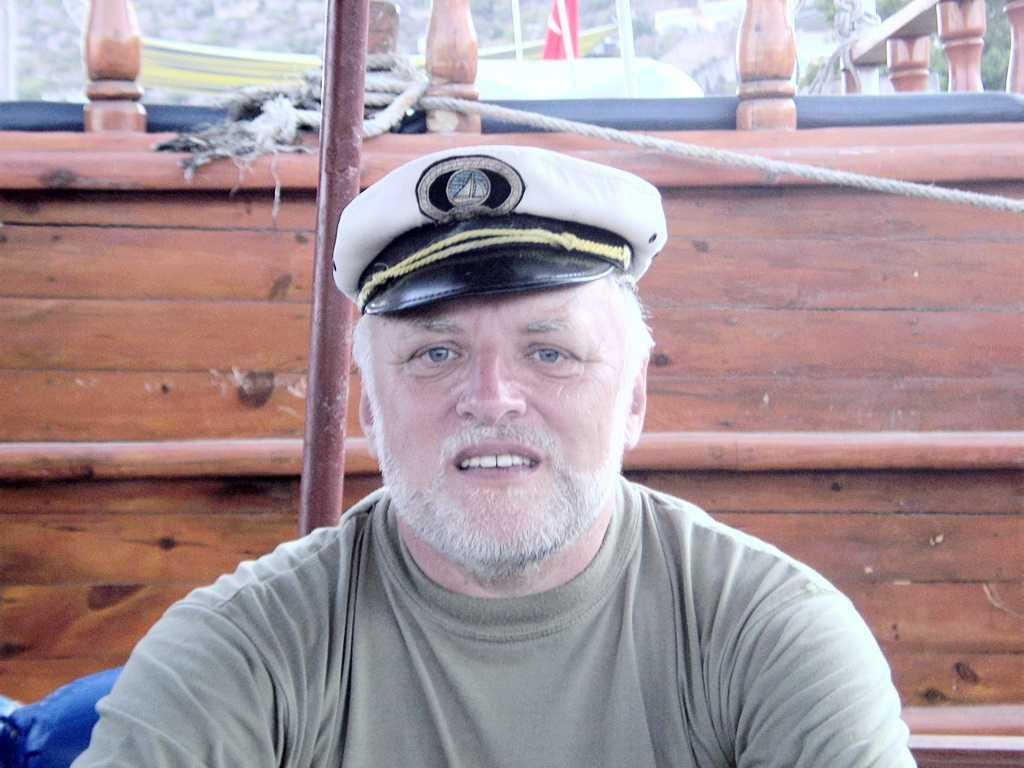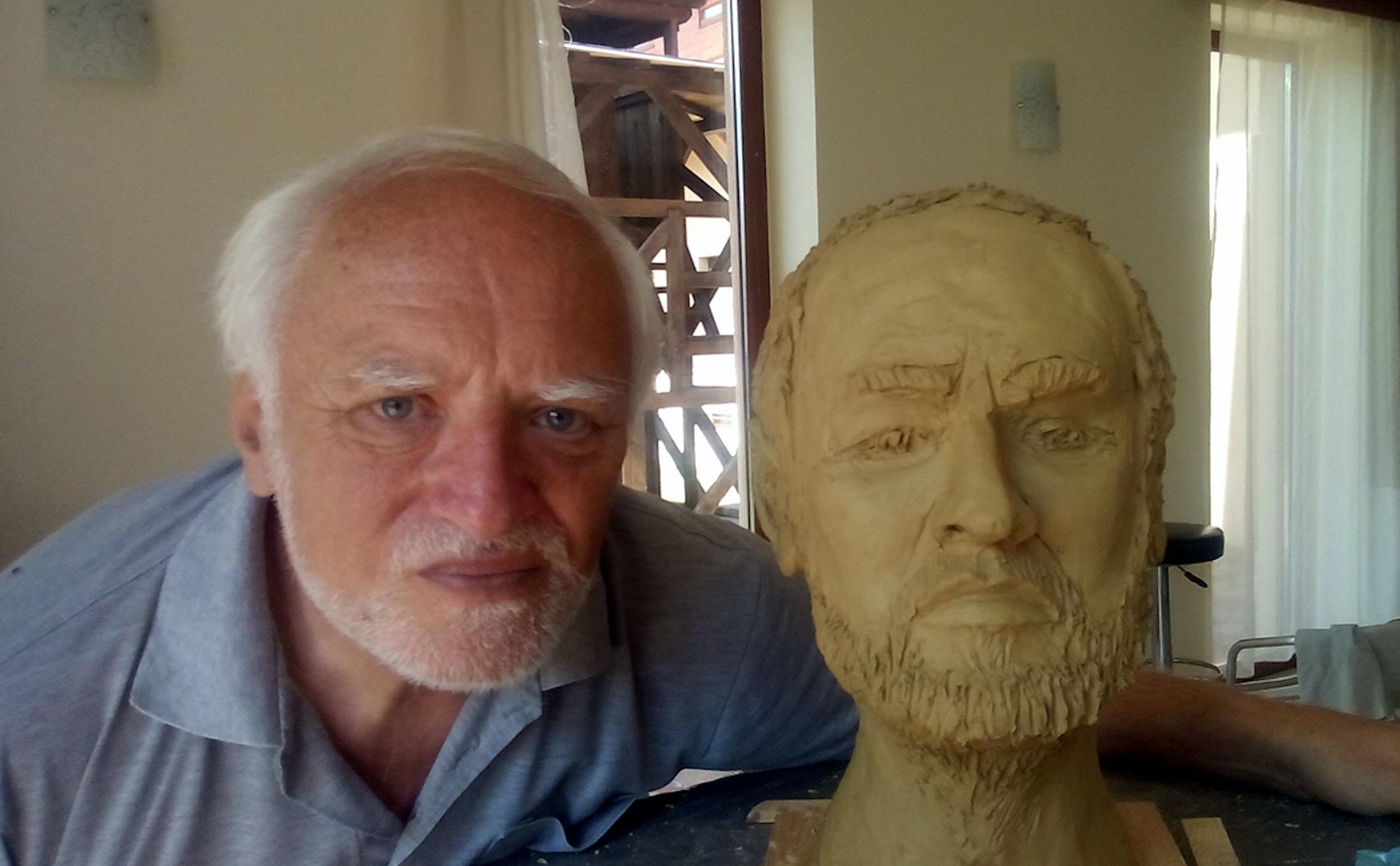The 'Hide the Pain Harold' meme model has no pain to hide
I caught up with the man behind the reaction GIF to find out what it's like to live forever as a meme
Your support helps us to tell the story
From reproductive rights to climate change to Big Tech, The Independent is on the ground when the story is developing. Whether it's investigating the financials of Elon Musk's pro-Trump PAC or producing our latest documentary, 'The A Word', which shines a light on the American women fighting for reproductive rights, we know how important it is to parse out the facts from the messaging.
At such a critical moment in US history, we need reporters on the ground. Your donation allows us to keep sending journalists to speak to both sides of the story.
The Independent is trusted by Americans across the entire political spectrum. And unlike many other quality news outlets, we choose not to lock Americans out of our reporting and analysis with paywalls. We believe quality journalism should be available to everyone, paid for by those who can afford it.
Your support makes all the difference.Arató András was tidying away his papers after delivering a lecture at a Hungarian lighting conference when two young men came to the front and asked for a photo with him. He was delighted that his speech had apparently struck a chord with them, but it was only later that Arató discovered the real reason for the selfie: he is Hide the Pain Harold.
Harold, sometimes also known as Maurice, is perhaps the most ubiquitous stock photo meme, his cheeky expression while using a laptop or drinking a coffee belying a sense of ennui and existential angst.
He has been so extensively memeified with overlaid text that he's actually transcended his 'hidden pain' trait somewhat by this point, most of the GIFs involving him being used instead to signify that things are about to get seriously turnt (see GIF below and throughout).
The story of Arató's internet fame goes back seven years to 2010, when the Hungarian engineer went on holiday to Turkey.
"I took some selfies, as anyone might," he tells me. "At that time there was no Facebook [in a major way], but there was a Hungarian community site I uploaded them to.
"A photographer seeking someone who looked like me found me and asked if I wanted to be his model."

The trial photos were deemed to be good and Arató was asked to come back "again and again and again".
A couple of years later, Arató was curious about the outcome of the photos and reverse image searched them in Google.
"At first I saw only normal stock photos," he explains, "where I was a doctor or a lawyer or a professor or something like this.
"Some months later I found my first meme photo. On an American site.
"It was shocking at first. I was very surprised. There were some really funny texts and I enjoyed them, but there were also some brutal ones that were not so funny."

Arató was fast realising that his face had become a pop cultural moment, a conversational flourish used the world over.
"At first I wanted to stop it," he admits. "But it's impossible; if your face has spread on the internet you can't do anything about it. You can close down a site but three new ones will appear."
An electrical engineer for many years, Arató was once Vice President of the Hungarian Lighting Society and "quite well known in these circles", but his engineering fame couldn't compare to his meme fame.
I ask him if he gets recognised on the streets of Budapest.
"Sure! Now, it's quite often, among young people mainly.
"It happens many times traveling on the metro, for instance, or walking on the street or driving home late at night and I stop by the red lights and then someone comes to my car and asks to take a photo with me."
'You get spotted in the car?' I ask, incredulous - even a lot of Hollywood actors probably escape that.
"Yeah!" he says, "Strange, but it's true."
The fondness for the set of stock images is lost on the photographers, who obviously created them in all seriousness.
"[They] are ashamed of this and they don't want to continue photographing," Arato says.

"They don't want to make more photos with me," he adds, which makes me feel sad. "With other models, yes, but not with me."
It's not your fault, I reassure him, it's about the awkward staging of the photographs and the set and the costume and the high contrast and saturation of the editing.
But what about this perceived pain, is that lurking deep within Arató?
"I don't think there is a pain inside me," he says serenely. "I think I'm rather a happy guy than a sad one."
"I don't know the reason [for the 'pain' in the photos], "maybe, when you are in a shoot and asked to smile for minutes at a time, then your smile becomes frozen; it's not a natural smile anymore. Perhaps that's the reason, the kind of pain in me."
Today is Arató's 72nd birthday, which he will be celebrating with family at his summer house just outside of Budapest. He's been looking forward to it.
I ask him if he's comfortable with his meme fame by this point and he pauses.
"Let's say I have accepted it."

Join our commenting forum
Join thought-provoking conversations, follow other Independent readers and see their replies
Comments